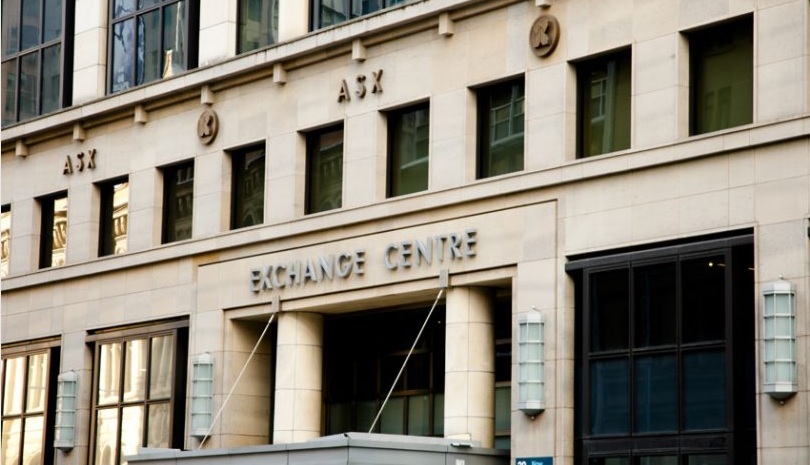The different types of shares on the ASX?
There are various types of shares listed on the ASX. The most common are ordinary shares. However, there are also less common ones. Here are some of the different types of shares listed on the ASX and what they each mean. Ordinary Shares: These are the most common security traded on the ASX. A share is a portion of ownership in a company. Owners of ordinary shares are entitled voting rights so they can vote on significant decisions such as …





